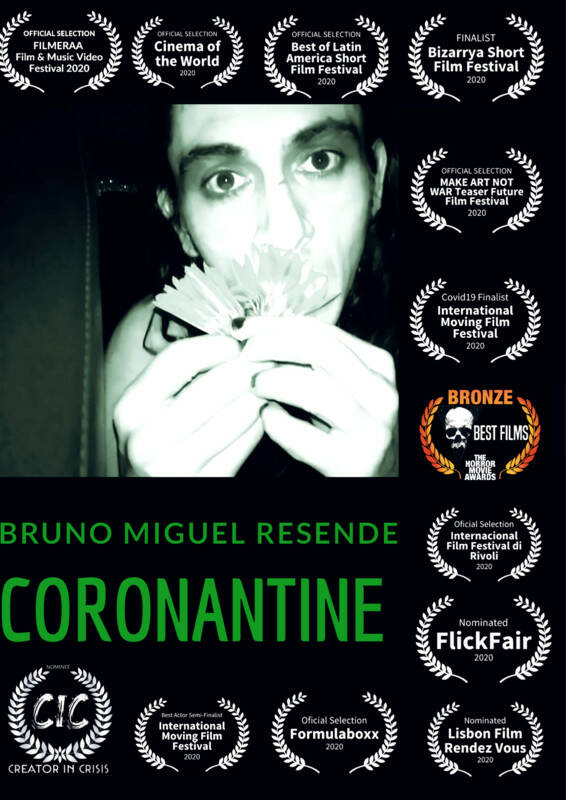Coronantine by Pedro Ludgero

Kiarostami taught us that a car trip can be a film. And further back in time, Rossellini showed that, if there is an urge to document a moment in history and you haven’t got enough money to film properly, you can film with whatever means you have access to. Thus, Bruno Resende decided to use his mobile phone to record images of Porto (in northern Portugal) during the Easter night of 2020, when the inhabitants of that beautiful city were being forced to home confinement by a ruthless and mysterious virus.
The combination of a phone camera with the movement of a car led to long shots that were intended to embrace all sorts of chance encounter. The strategy certainly paid off, since the film manages to reveal some unexpected ironies: the billboard where we can read “Brave Nation” (the bravery of staying safely at home…), or the graffiti that asks “And the clown is me?”, which might force us to recall the oniric interlude where the artist provides hermetic images of his own oddball persona. In fact, the truth of how we are relating emotionally to forced quarantine can’t be revealed by the kind of visual discourse that the media provide.
Yet, the most compelling story being told by this uncertain journey is a pictorial one. The film opens with an immersion in colored light. The path that subsequently unfolds is a kind of hubris that tries to deny this fatal call to abstraction. We are assigned the transitory privilege of acknowledging the sources of light, but, as the image movement drives us towards a humbler version of the city space, the visual feast starts to decay. At the end of the road, the city lights are carefully swallowed by some insubstantial candles near a cemetery. We’re back to the basics of light, in an almost sacred image of death.
Pedro Ludgero
https://rascunhosdesala.blogspot.com/
Crie seu próprio site com Webador